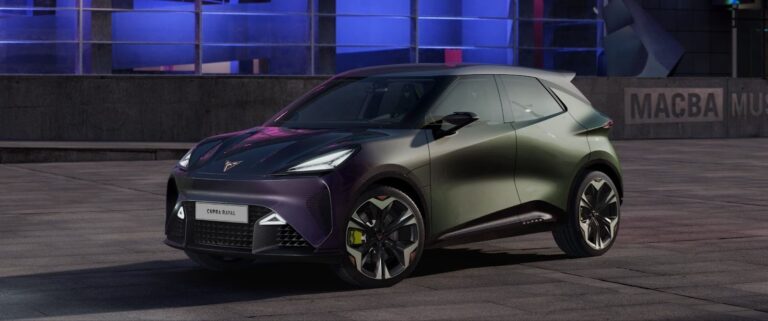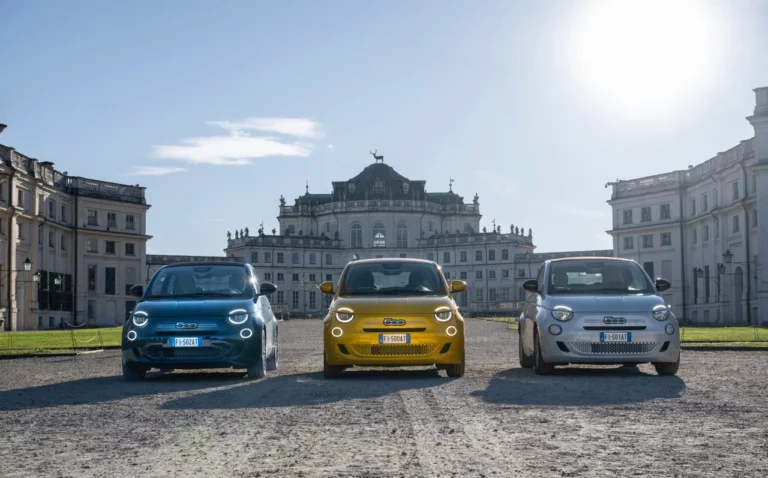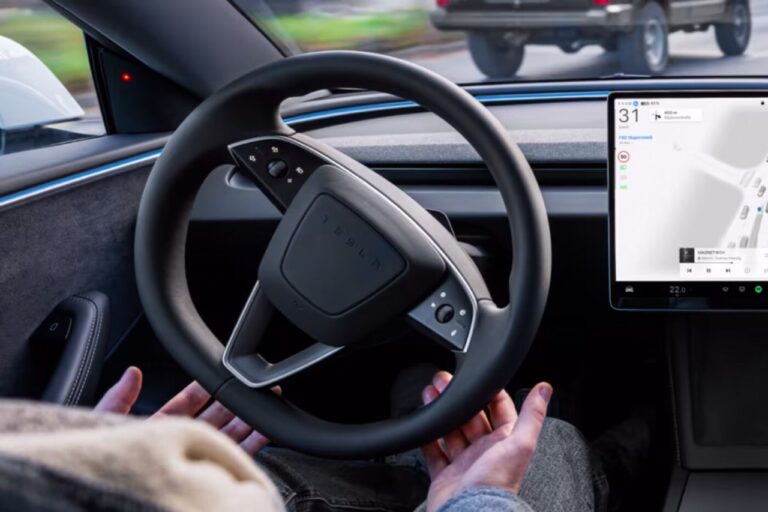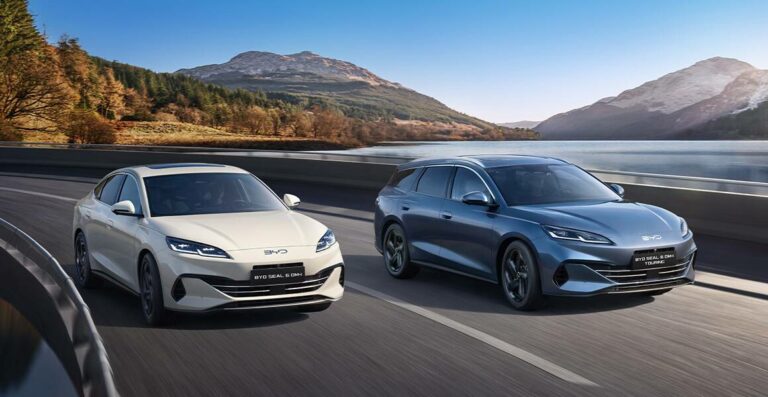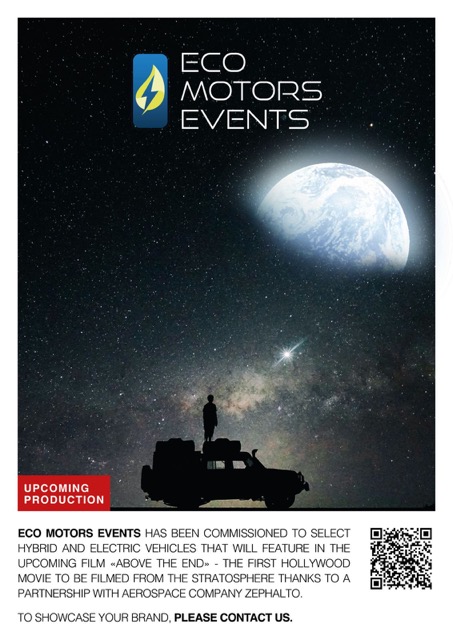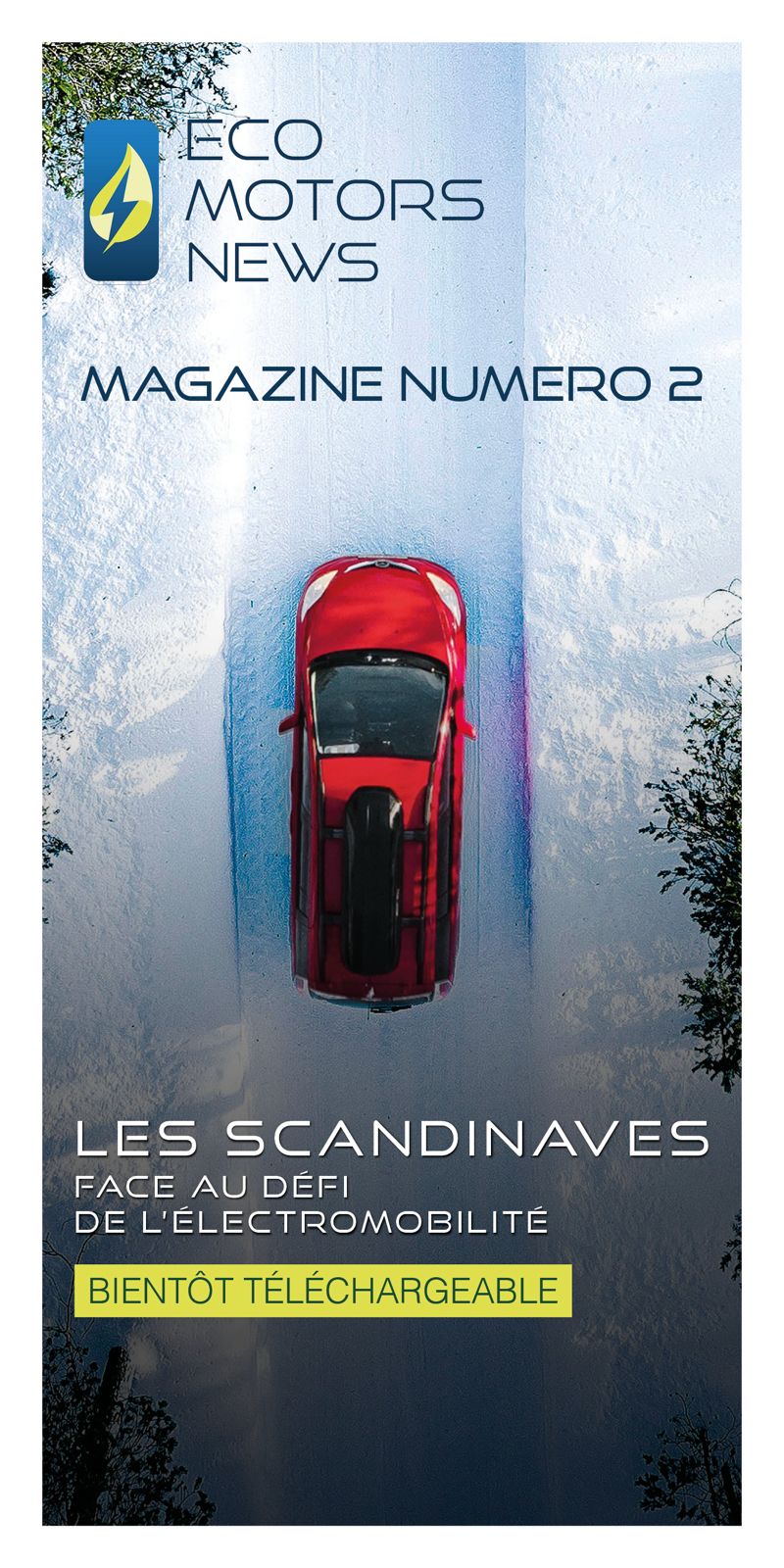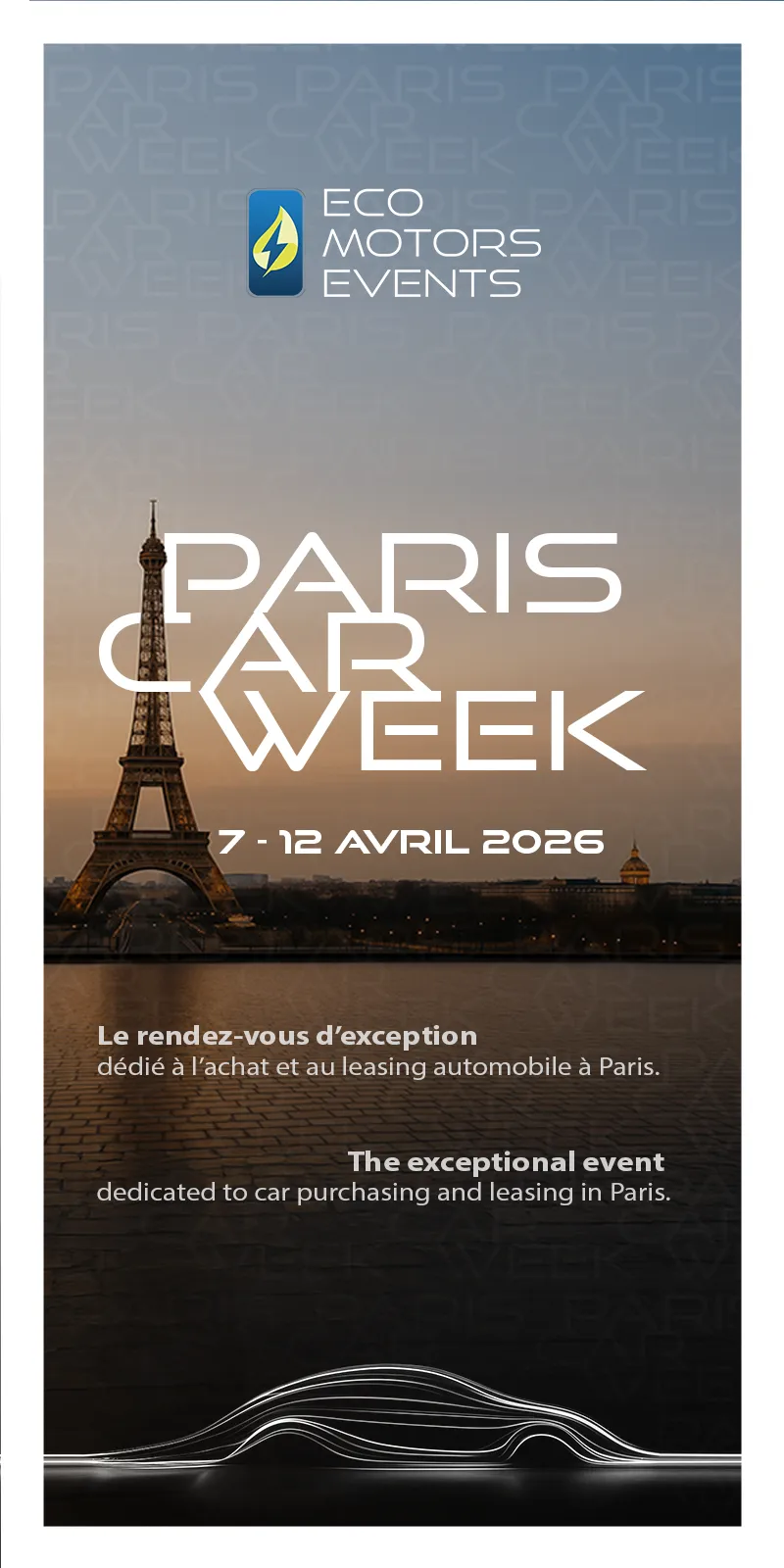On Wednesday 22 October 2025, an electric HGV was able to recharge by induction while driving on the A10 motorway thanks to the Charge as you Drive project, a technology that enables electric vehicles to be recharged directly while in motion. Already being trialled in other countries, this innovation could profoundly change the way we look at electric vehicles.
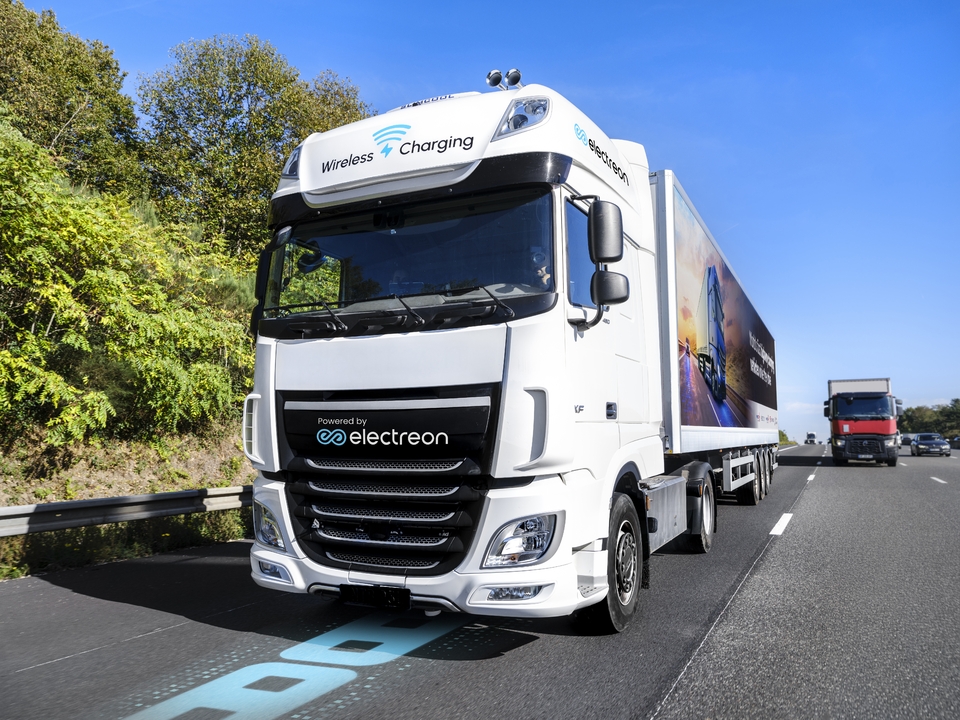
Underground technology
Called Charge as you Drive, the project is based on a revolutionary principle: 900 copper coils have been installed under the road surface. Powered by the electricity grid, they generate an electromagnetic field capable of inductively transmitting energy to vehicles fitted with receivers. Thanks to this process, the car recharges as it drives along.
The project is being tested on a 1.5-kilometre stretch of the A10. This test phase, involving four prototypes (HGV, bus, car and light commercial vehicle), should enable us to measure energy efficiency, safety and the possibility of integrating the system into traffic on a permanent basis.
The latest tests are conclusive: the electricity has a maximum power of over 300 kW and an average power of over 200 kW. That’s enough for a heavy goods vehicle to recharge 1 kilometre in the same distance travelled, and 3 kilometres for a car.
An alliance of players
Led by Vinci Autoroutes, the project also brings together Electreon, VINCI Construction,Université Gustave Eiffel and Hutchinson.
Once again, this cooperation illustrates the developments in the sector. Electromobility is attracting interest and large-scale projects are being developed day by day.
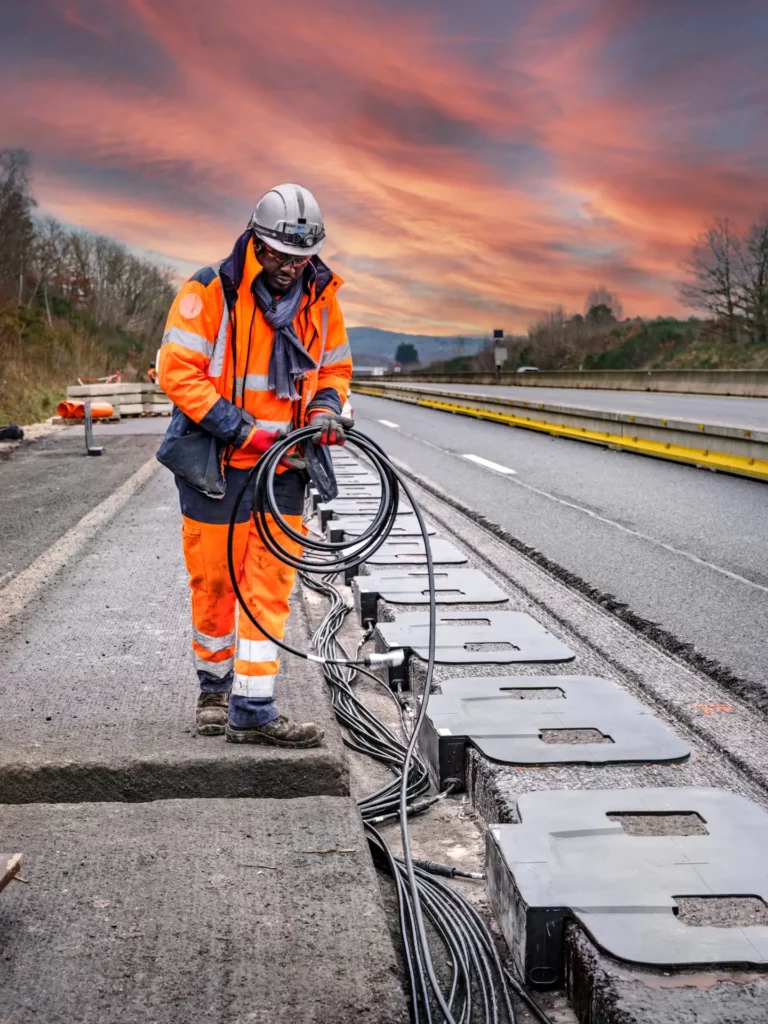
Why this changes everything
This system could address several major obstacles to the adoption of electric vehicles:
– Reduced range anxiety
– Significant reduction in the time lost during « traditional » recharging
– Accelerating the electrification of heavy goods vehicles, which are particularly concerned by long-distance journeys
Road transport alone accounts for 95% of mobility in France and nearly a third of greenhouse gas emissions. According to a study carried out by Carbone 4 for VINCI Autoroutes, this technology would significantly reduce CO₂ emissions linked to goods transport.
A project that follows the European dynamic
This test is in line with European strategies to develop Electric Road Systems (ERS) on major roads. The busiest motorway sections are at the heart of European plans to decarbonise heavy transport.
France joins other pioneering countries that are already demonstrating these technologies on the road, including Sweden, Germany and Italy.
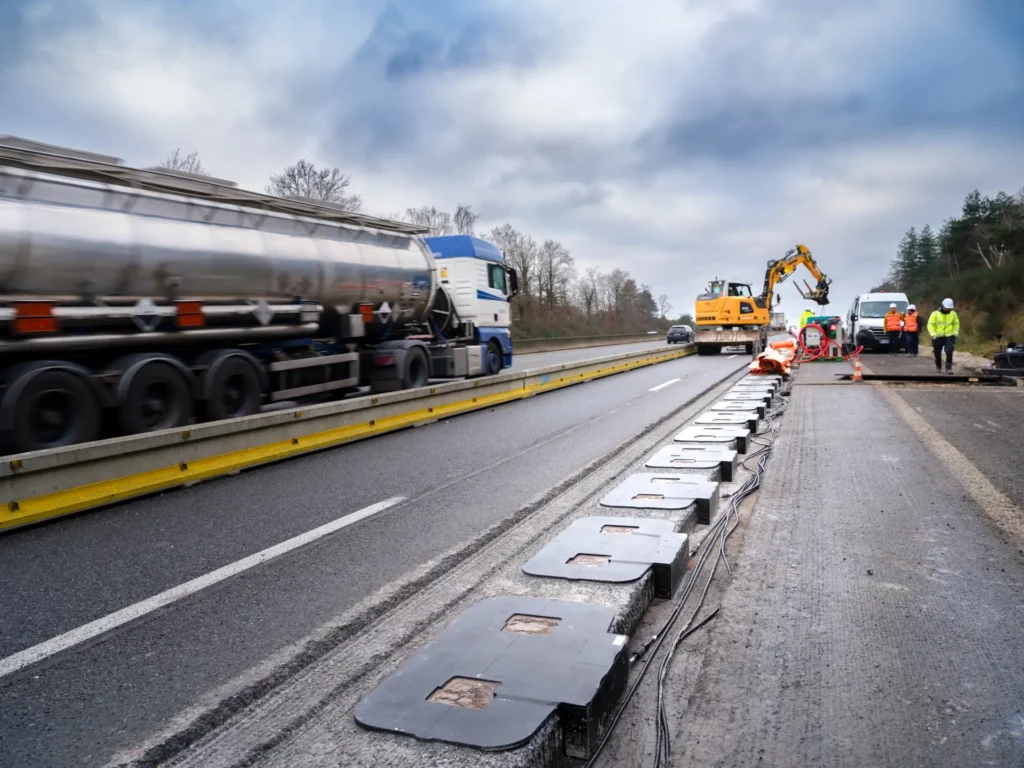
Challenges to overcome
It’s an ambitious innovation which, on paper, has everything it takes to develop on a larger scale. But there are still a number of challenges to overcome before it can become widespread:
– Reducing installation costs, which are currently high.
– Adapting electric vehicles to this technology so that they can all benefit from recharging.
– Establishing a viable economic model for charging for energy in motion.
An infrastructure that could become an energy source
If the Charge as you Drive project sees the light of day and develops so that everyone can benefit from it. The motorway will become nothing more than a traffic lane. If the results are conclusive, the technology could help to free electric mobility from its current constraints once and for all.

